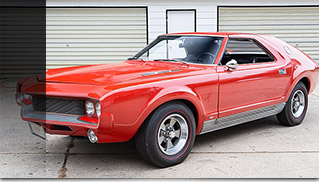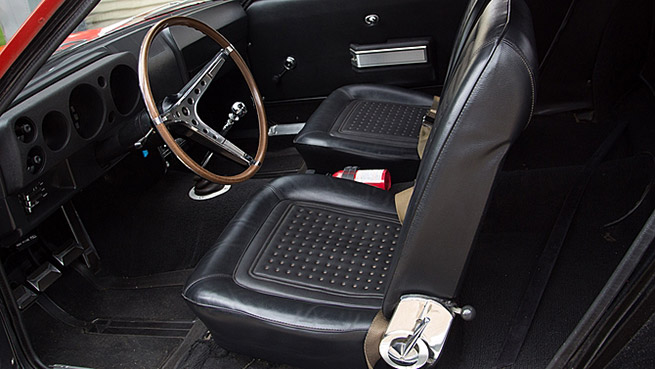 A prototype car is not intended for actual use or resale. Its purpose is almost exclusively tailored to marketing. It is used to gauge public enthusiasm for a particular design, or to stoke the flames of excitement that are already building for a popular model that will be introduced for sale in coming years.
A prototype car is not intended for actual use or resale. Its purpose is almost exclusively tailored to marketing. It is used to gauge public enthusiasm for a particular design, or to stoke the flames of excitement that are already building for a popular model that will be introduced for sale in coming years.
This is why most prototypes never survive. Since they often aren’t even equipped for actual street use—sometimes presented without any engine at all—most prototypes are simply destroyed when they are no longer useful. All these factors make the prototype vehicle truly one-of-a-kind, and therefore extremely collectible.
Dubbed “The Plastic Prototype,” this 1966 AMC AMX Prototype has a story as unique as its existence. Like with all prototypes, it was never intended for street use.
The very first fiberglass “pusher” (no engine or internals) version of the AMX debuted at the Chicago Auto Show in February 1966, with a slick fastback design and a spectacular rumble seat, referred to as the “Rambleseat.” Show attendees were smitten, and AMC subsequently commissioned Italian coachbuilder Vignale to create a running version for the New York Auto Show that same year.

The prototype AMX continued to generate enthusiasm at each show in its tour across the country. Management took note and decided to continue developing the car with the help of contractors Smith Inland of Ionia, Michigan. Their job was to fabricate a small group of the distinctive AMX fiberglass bodies. It’s not entirely clear just how many AMX chassis were made (some records indicate only two) but the bodies were fitted with internals and used at AMC proving grounds for testing purposes. This is one of those cars.
Not surprisingly, safety concerns soon outweighed the speed gained by a lightweight body and the fun to be had with a rumble seat. Those features never made it to the manufacturer’s floor, as the AMX was toned down before production even began; the fiberglass was replaced with steel and the “Rambleseat” disappeared. That would be the end of the story, with the two aforementioned prototypes slated to be destroyed, if not for the initiative and amazing good luck of Domenick Jiardine, Jr., who worked the line at American Motors Kenosha Lake Front Plant in 1971.
Source: mecum